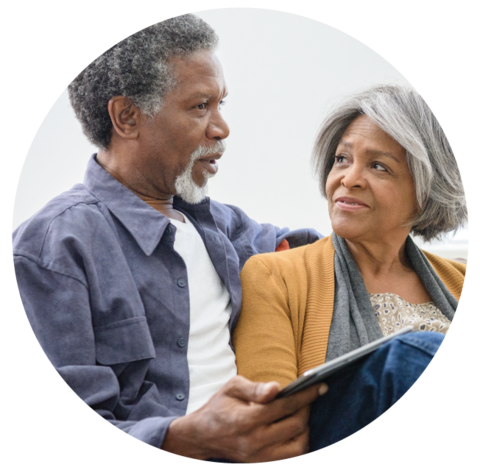
FAST FACTS: Distraction
Distraction is the process of drawing a person’s attention away from one thought, object, or experience and toward a different thought, object, or experience. Distraction may decrease the experience of pain because of a person’s ability to process only so much information at one time.

Benefits of Distraction:
- Decreasing pain
- Increasing relaxation
- Providing an opportunity to spend enjoyable time with other people
Potential Problems with Distraction:
- When distraction successfully relieves pain, some people may doubt the presence or severity of the pain
- The individual may become even more aware of pain when the distraction ends
- The individual must be ready for and interested in using distraction as a pain relief technique
Methods of Distraction:
- Watching TV or movies
- Petting an animal
- Playing games
- Listening to music
- Looking at pictures. Pictures may be used in the following way:
- Fill a folder or box with pictures from magazines or calendars
- Keep the folder or box on hand and bring it out when your family member need something to do
- Have your family member look at a picture and describe it in any way they choose
- As soon as your family member loses interest, choose another picture
- Use of Humor. Humor may be used in the following way:
- Create a humor library; cut out favorite cartoons, sayings, jokes, or quotes and put them in an album or folder; bring it out when your family member needs a distraction
- Watch portions of a funny movie
- Read sections of a funny book out loud
What Else You Should Do
- Write down and share information about your family member’s pain with their healthcare provider
- Use a Pain Diary to note important information useful to the healthcare provider
- Encourage your family member to try a non-drug treatment and document the impact on their pain in their Pain Diary
References:
- Adapted from: Fouladbakhsh, J.M., et al., Nondrug therapies for pain management among rural older adults. Pain Manag Nurs, 2011. 12(2): p. 70-81. 2. The Nursing Home Pain Management Algorithm Clinical Trial, R01 NR009100, 7/1/05 – 4/30/10; Mary Ersek (PI) Used with permission of Mary Ersek and HPNA (2009).
- Stanford Health Care. 2021. Management of Pain without Medications. Accessed 2.21.2022. https://stanfordhealthcare.org/medical-conditions/pain/pain/treatments/non-pharmacological-pain-management.html
Revised January 2022
